We receive actual and observable outcomes from our digital activities thanks to output devices, which are crucial components. They are vital to the process of turning electronic data into useful outputs that humans can see, hear, or interact with. These tools help us receive and analyze data, information, and multimedia material in a variety of formats by bridging the gap between the digital world and our physical senses.
The variety of output devices that are currently accessible has significantly improved our capacity to interact with and utilize the power of computers, from vivid screens that present visually appealing graphics to audio devices that offer immersive sound experiences.
In this article, we will discuss some commonly used output devices of a computer with their functions.
Common Output Devices of Computer
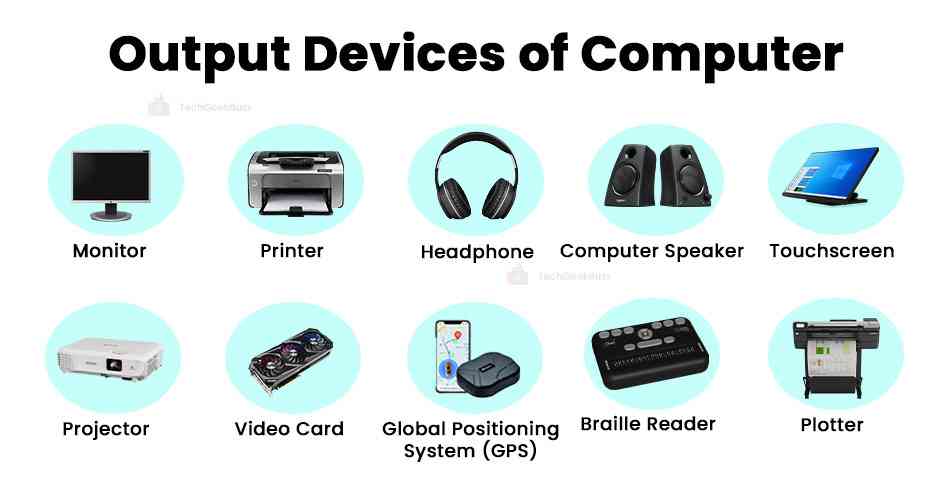
1. Monitor

A monitor is an essential output device in a computer system. The visual representation generated by the computer's graphics card is displayed on the monitor. The main purpose of the monitor is to display the computer's output, including text, photos, videos, and graphical user interfaces. The monitor uses a combination of pixels to represent a coherent image on the screen.
Monitors have different types of displays, such as LCD (liquid crystal display), LED (light-emitting diode), and OLED (organic light-emitting diode). Each of these displays has its own benefits in terms of image clarity, color accuracy, and power efficiency. Monitors are connected to the CPU using various interfaces like DVI, VGA, and HDMI ports to allow seamless transmission of visual data.
2. Printer

A printer is an essential output device for computers. It creates hard copies of pdfs, images, docs files, or any other digital document. It helps us to transfer digital information into tangible, physical form. Printers are of many types, such as inkjet, thermal, laser, and 3D printers. They are connected to computers through Wi-Fi, Bluetooth, USB port, or Ethernet .
Modern printers incorporate multiple functionalities such as scanning, copying, and faxing to make them multifunctional devices. Printers need regular maintenance such as cartridge replacement, cleaning, etc. Printers connect the line between the digital and real worlds by fusing digital technology with physical outputs, enabling us to convert virtual content into tangibly useful forms.
3. Headphone
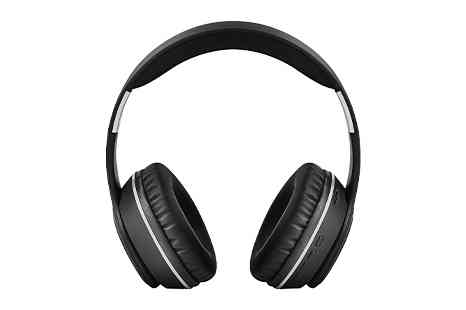
A headphone is an output device in a computer system that converts digital audio signals into sound waves. These sound waves are delivered directly to the ear of the user. With the help of headphones, users can listen to audio from their computer or other audio equipment privately without disturbing others. The headphone consists of two earpieces. Each earpiece has a speaker driver.
Headphones connect to the computer via a 3.5 mm headphone jack or USB ports. Nowadays, modern headphones can connect to the computer through Bluetooth. Modern headphones frequently have advanced features like built-in microphones for hands-free calling, wireless networking, and noise cancellation.
4. Computer Speaker
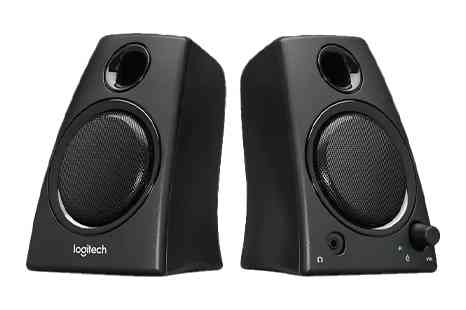
Computer speakers are crucial output devices that transform electrical signals into sound waves so that users can hear audio produced by their computer or other audio equipment. For a variety of uses, including music playback, gaming, video conferencing, and multimedia presentations, they are essential for delivering high-quality audio.
Different configurations, sizes, and shapes are available for computer speakers. They can be as basic as two-channel stereo speakers or as complex as several speakers and subwoofers for better bass response.
Others are constructed for portability or home theatre systems, while some speakers are intended for desktop use. Connecting speakers to computers have several ways, including wired connections like 3.5mm audio connectors, USB, or optical cables. Modern speakers, such as wireless speakers, use Bluetooth or Wi-Fi technology.
5. Projector

A projector is a flexible computer output device that projects visual content onto a bigger screen or flat surface. It provides an easy way of presenting digital presentations, films, photos, or other visual content to a bigger audience. Projectors combine light sources, lenses, and imaging technologies to project an expanded image onto a screen or surface.
There are many different kinds of them, each with unique advantages and characteristics, such as LCD (Liquid Crystal Display), DLP (Digital Light Processing), and LCoS (Liquid Crystal on Silicon) projectors.
Depending on the distance between the projector and the screen, projectors can project images that range in size from very small to extremely large, giving users a choice in terms of screen size. This qualifies them for a variety of uses, including educational institutions, home theatres, and outdoor gatherings.
6. Video Card
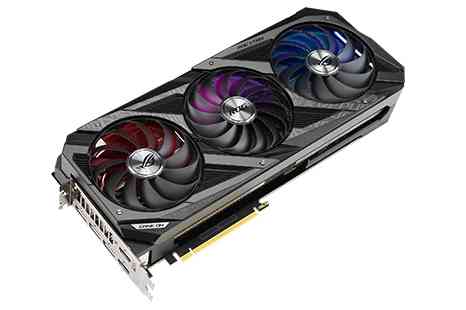
A video card, a graphics card, or GPU (Graphics Processing Unit), is an essential part of creating visual output on a computer's display or external monitors, even though it is typically considered a component inside a computer.
This output device is in charge of processing and producing visual data, turning digital data into visuals that can be viewed on a screen. It comprises connections to a monitor or other display device, a separate processor, and video memory.
The video card transmits the visual output to the monitor via a variety of interfaces, including VGA, DVI, HDMI, or DisplayPort. A single video card can support multiple displays, enabling expanded desktops or multi-monitor setups.
7. Global Positioning System (GPS)
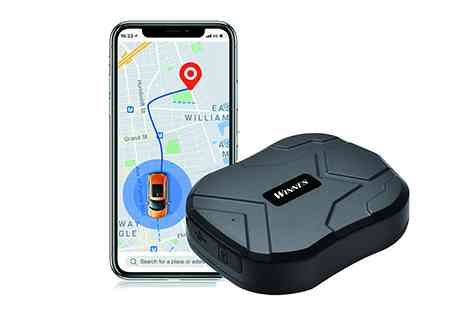
GPS, or the Global Positioning System, is a navigation and location-tracking system. Although GPS isn't often thought of as an output device, it can nonetheless supply users with important output data via compatible devices like smartphones, computers, tablets, or specialist GPS devices.
To determine a user's exact location, GPS uses signals from a network of satellites orbiting the Earth. Accurate positioning and navigation are made possible by its calculations of latitude, longitude, altitude, and other data.
Modern navigation systems now include GPS as a standard feature, which is helpful for many activities like driving, hiking, sailing, and outdoor recreation. Its output capabilities offer customers useful data for accurate and efficient navigation.
8. Braille Reader
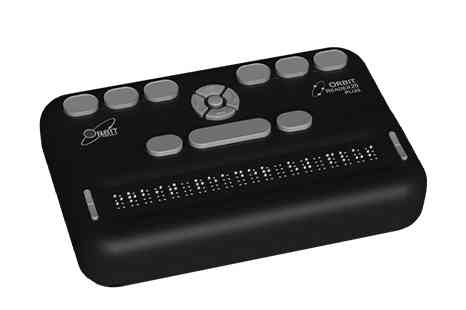
A Braille reader is a specialized computer output device made to help those with visual impairments. Users may read and understand textual content through tactile means as it turns digital text or information into Braille letters.
Braille readers are made up of a number of tiny, raised pins or cells that may move independently up and down. These pins are used to create Braille characters, which are patterns of raised dots used in the Braille writing system to represent letters, numerals, punctuation, and other symbols.
9. Plotter
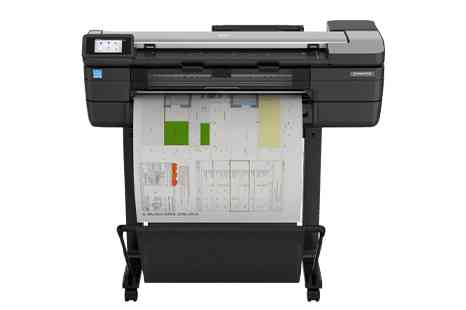
A plotter is a specialized computer output device used to create large-scale, highly precise graphical outputs. Compared to regular printers, it is specifically made for producing accurate and thorough drawings, diagrams, maps, and other visual representations.
Plotter tools are used to directly draw continuous lines onto paper or other materials using one or more pens or markers. The location and movement of the pens are controlled by precise mechanical motions, enabling extremely detailed drawings that are both exact and complicated.
The lines, shapes, and colors to be plotted are often defined by vector-based graphic files or commands, which generate the plotter output. This enables sophisticated output control and the capacity to create intricate images.
Conclusion
Output devices are essential components of a computer system that enable the conversion and presentation of digital information into various forms. From visual displays to audio playback and tactile feedback, output devices enhance user interaction, facilitate communication, and provide a means to share and experience digital content in different modalities.
People are also reading:
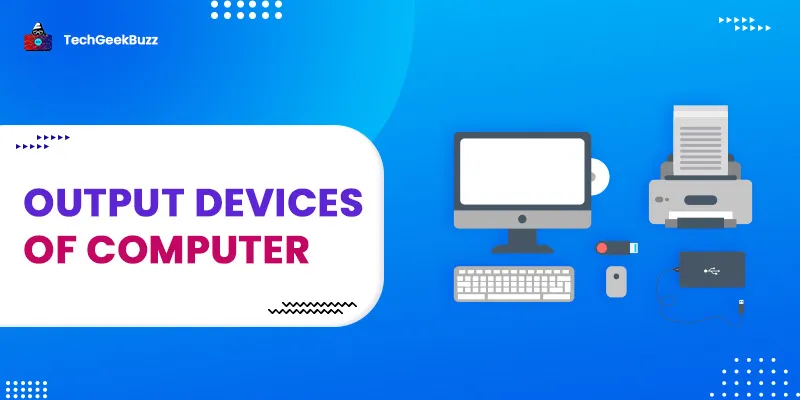

![What is an Assembler? [Definition, Working, & Types]](/media/new_post_images/What_is_Assembler.jpg)
![What is I/O? [Types, Examples, & Methods]](/media/new_post_images/What_is_I_O.webp)

Leave a Comment on this Post